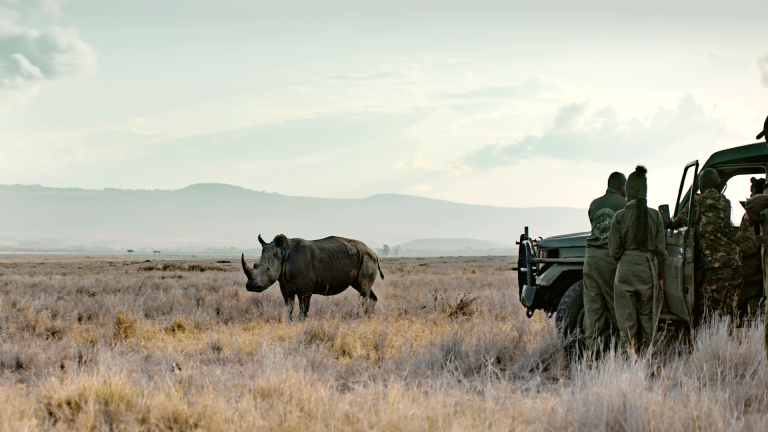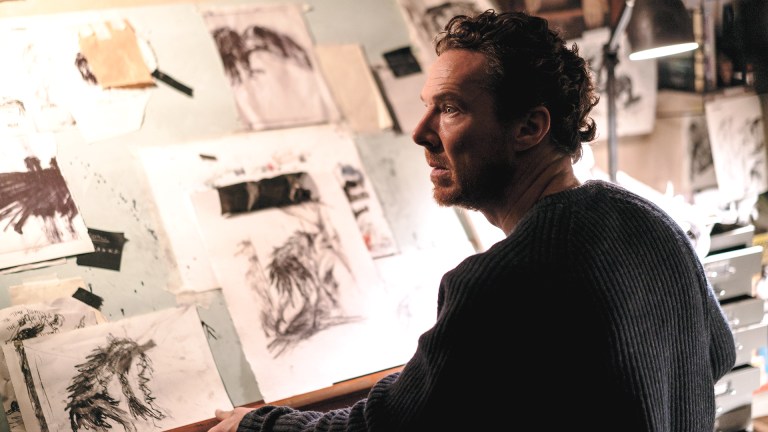Any Given Sunday, the 1999 film from director Oliver Stone, was one of the more notable American football – and sporting – movies of that particular decade, not least for the way it was shot. The camera was taken on the field into the middle of the action, and it’s the film at its most arresting as a consequence. Thus, while critical opinion was a little divided, there was pretty unanimous praise for the presentation of the sports matches themselves.
But then there aren’t many films that leave you pondering just how people go about filming sport. Yet – somewhat surprisingly – Julien Faraut’s documentary does just that. Surprising, because it’s entitled John McEnroe: In the Realm of Perfection and that not unreasonably leads most to suspect that they’re getting a feature about the combustible Wimbledon champion of the 1980s. Yet that’s not this film. In fact, McEnroe isn’t directly involved here, there are no talking heads, and there’s no fresh footage.
Instead, there’s archive material, a lot of it being shown for the first time. It’s footage that was overseen by Gil de Kermadec, who historically worked with INSEP (the French national sports institute) to prepare tennis instructional videos. His eye was on how to teach the game, rather than watching it, and the 16mm grainy footage he shot mainly reflects that. This is all set up and introduced early in the film, as we learn that throughout the Seventies and Eighties, de Kermadec filmed extensive coverage of the French Open at Roland Garros, and collated a series of films that looked to teach the technical side of tennis to those who watched them.
We also quickly learn that he became fascinated by one of the players he filmed. As such, of the many hours of footage sat in film cans to be re-examined, a high proportion was of solely John McEnroe on a tennis court. Not his opponent. Not the full match. Just McEnroe in the viewfinder (as well as the spectators behind him), and it’s engrossing to watch. We get to see close-up footage of his playing style, his infamous courtside arguments, and at one point, it’s even explained how he became the inspiration for actor Tom Hulce when portraying Mozart in the 1984 Oscar-winning movie Amadeus.
But also, we’re taken into the practice of capturing film footage. McEnroe’s testy relationship with on-court photographers isn’t helped by the noisy film equipment de Kermadec uses, and the film lays that bare. It’s married to voiceover that argues just how close to the edge of things McEnroe pushed his character.









